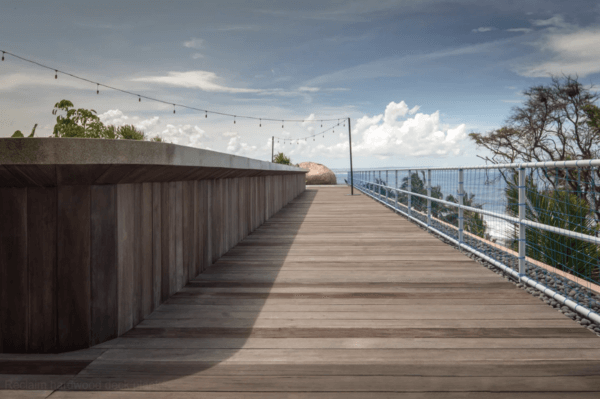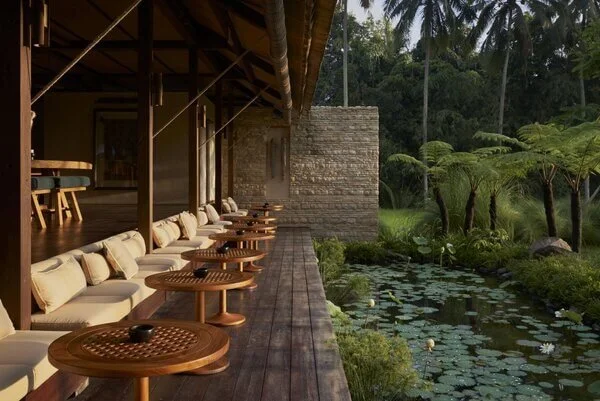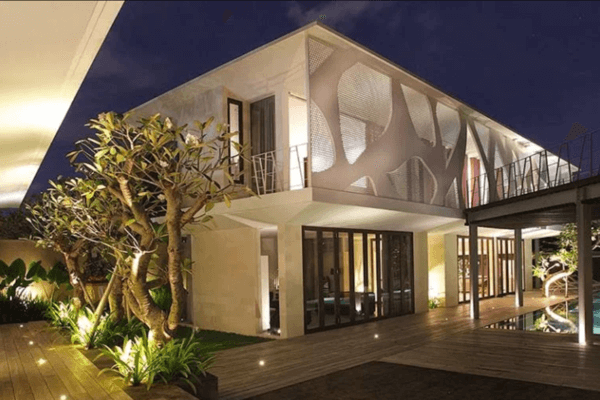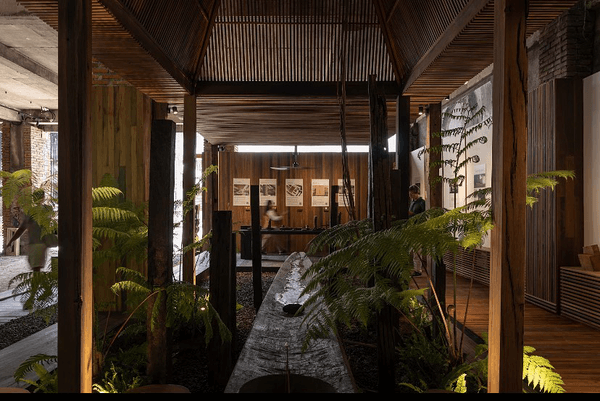Indonesia has long held a distinct place within the global architectural landscape. Rather than following international movements, the country has developed a design language that stands firmly on its own—deeply rooted in climate, culture, materiality, and spatial generosity.
Desa Potato Head by Andra Matin
Today, this architectural identity is not only recognised but increasingly referenced worldwide, positioning Indonesia as one of the most compelling contributors to contemporary tropical design.
This influence is shaped by architects whose work defines the nation’s architectural discourse. Andra Matin, with his quiet yet powerful mastery of light, volume, and material tactility, continues to set benchmarks for tropical minimalism. Budi Pradono, known for his ambitious conceptual approach and poetic use of local narratives, expands what Indonesian architecture can express. Willis Kusuma, whose studio blends structural clarity with a refined material palette, exemplifies the thoughtful craftsmanship that characterises Indonesia’s built environment. These architects are not “emerging voices”—they are established leaders whose work resonates across generations and continues to inspire younger practitioners throughout the archipelago.
Manarai Beach House Willis Kusuma
A defining strength of Indonesian architecture is its enduring relationship with materials. Local knowledge, craft traditions, and an understanding of how materials behave in humid tropical conditions remain central to design practice. Among these materials, reclaimed Borneo ironwood (Ulin) holds a particular place. Its density, natural weather resistance, and remarkable longevity have made it a preferred choice for both vernacular and contemporary applications.
Companies like Kaltimber, which works exclusively with reclaimed ironwood sourced from structures slated for demolition in Kalimantan, help architects integrate this heritage material into modern projects without contributing to deforestation. Kaltimber’s collaborations with leading Indonesian architecture studios like Conchita Blanco Studio reveal how reclaimed materials can be elevated within contemporary design—appearing in decking, façade systems, and architectural details that balance precision with warmth.
Restaurant Begawan Biji by Blancostudio
Indonesia’s architectural leadership also lies in its ability to engage with climate not as a constraint, but as an opportunity. Passive cooling strategies, porous spatial transitions, deep overhangs, and careful orientation are not stylistic choices; they are intrinsic to the country’s architectural DNA. This nuanced environmental intelligence is increasingly relevant as global conversations shift toward sustainability and resilience. Indonesian architects have been working this way for decades.
Villa Issi by Budi Pradono
In many ways, Indonesia does not simply participate in the evolution of tropical architecture—it shapes it. Through a synthesis of culture, craftsmanship, and climate-responsive design, the country demonstrates how architecture can remain contemporary while staying deeply connected to place. It was very obvious when we attended the JIA Curated event last August.
And as practitioners continue to refine these principles, companies like Kaltimber remain committed to supporting this direction, providing reclaimed ironwood that aligns with the values driving Indonesia’s most thoughtful architecture.





